- DroidAfrica
- Gadgets
- Tecno
- Tecno Camon 17P
Tecno Camon 17P
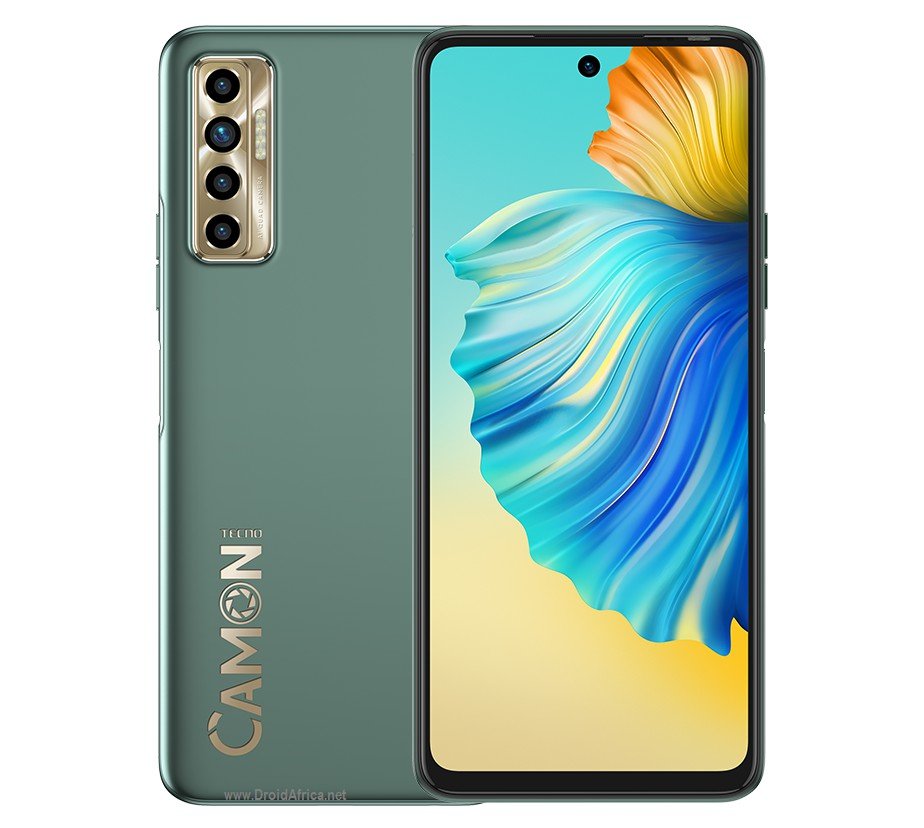
Tecno Camon 17P Highlights and Overview
The Camon 17P is one of the latest smartphone from Tecno Mobile and a successor to the Camon 16 of last year. It comes in a 6.8-inches FHD+ screen with 1080 x 2460 pixels resolution. The screen panel is IPS, and it has 500 nit brightness with upto 82% screen-to-body-ratio, but does not have 90Hz refresh rate like some variants in the series.
Under the hood, there is the Mediatek Helio G85 Chip, an octa-core CPUs clocked at 2.0GHz, along with Mali-G52 GPU, 6GB RAM and 128GB of internal storage, which is expandable up to 512GB via SD-card.
As for the camera department, the new Camon 17P comes with four camera sensors on the back, comprising of a 64-megapixel main sensor, 2-megapixel macro lens, 2-megapixel depth shooter, and a fourth dedicated AI lens. For selfies lovers, there is a single 16-megapixel sensors kept in the punch cut-out.
What’s more? The device provides support for dual 4G VoLTE enable SIMs, and fueled by a 5000mAh battery, with 18W fast charging. Unlike the other models, this has a side mounted fingerprint scanner, while same Google Android 11 is available out of the box. Other key specifications and features of the Tecno Camon 17P are contained in the table below.
Tecno Camon 17P Full Specifications and Features
NETWORK
| Technology | GSM / HSPA / LTE |
| 2G Network Bands | GSM 850 / 900 / 1800 / 1900 - SIM 1 & SIM 2 |
| 3G Network Bands | HSDPA 850 / 900 / 2100 |
| 4G Network Bands | LTE Band 1, 3, 5, 8, 40, 41 |
| 5G Network Bands | Does not have support for 5G Network |
| Speed | HSPA 42.2/5.76 Mbps, LTE-A (3CA) Cat9 450/50 Mbps |
LAUNCH
| Also Known As |
- - |
BODY
| Dimensions | 168.67 x 76.44 x 8.82 mm |
| Weight | --- |
| SIM Type | Dual SIM (Nano-SIM, dual stand-by) |
DISPLAY
| Display Type | IPS LCD capacitive touchscreen, 16M colors |
| Size | 6.82 inches, 104.7 cm2 (~82.7% screen-to-body ratio) |
| Resolution | 1080 x 2460 pixels, 20.5:9 ratio (~396 ppi density) |
PLATFORM
| Operating System | Android 11 (HiOS 7.6) |
| Chipset | MediaTek Helio G85 (12nm) |
| CPU | Octa-core (2x2.0 GHz Cortex-A75 & 6x1.8 GHz Cortex-A55) |
| GPU | Mali-G52 MC2 |
MEMORY
| RAM + ROM | 6 GB |
| Card Slot | Yes, up to 256 GB via microSD card (uses SIM 2 slot) |
MAIN CAMERA
| Camera Type | Quadruple Lenses |
| Camera Sensor(s) |
Main: 64MP, f/2.0, PDAF Macro: 2 MP, f/2.4 Depth: 2 MP, f/2.4, Depth: AI lens |
| Camera Features |
Autofocus Continuous shooting Digital zoom Geotagging Panorama HDR Touch focus Face detection Self-timer Scene mode Macro mode |
| Video Resolution | 4K/1080p@30fps |
SELFIE CAMERA
| Camera Type | Single Lens |
| Camera Sensor(s) | 16-megapixel |
| Camera Features |
f/2.0 aperture 1/4" Pixel Size, 1.0µm, Autofocus |
| Video Resolution | 1080p@30fps |
SOUND
| Loudspeaker | Yes |
| Speaker Location | Chin, below display |
| Audio Jack Type | Yes, 3.5mm audio jack, |
CONNECTIVITY
| Bluetooth | Bluetooth 5.0, A2DP, LE, aptX HD |
| NFC | |
| GPS | Yes, with dual-band A-GPS, GLONASS, BDS, GALILEO, QZSS |
| FM Radio | No |
BATTERY
| Battery Capacity | Non-removable Li-Po 5000 mAh battery |
OTHER FEATURES
| Sensors | Fingerprint (side-mounted), accelerometer, proximity, compass |
| Box Contents | Charging Brick / USB cable |
Tecno Camon 17P User Reviews and Opinions
Comments 1
Leave a Reply
Disclaimer Note
This specification was entered manually, hence we CANNOT guarantee 100% accuracy. Any error? Let us know in the comment section.







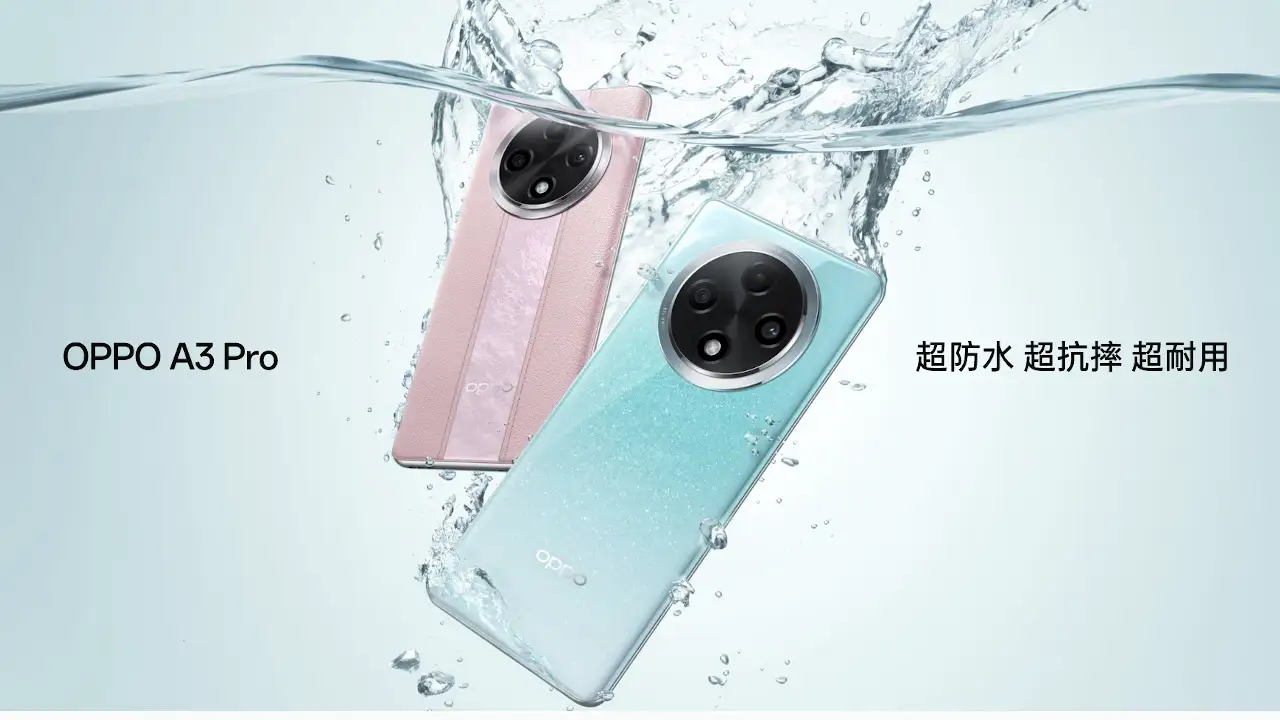

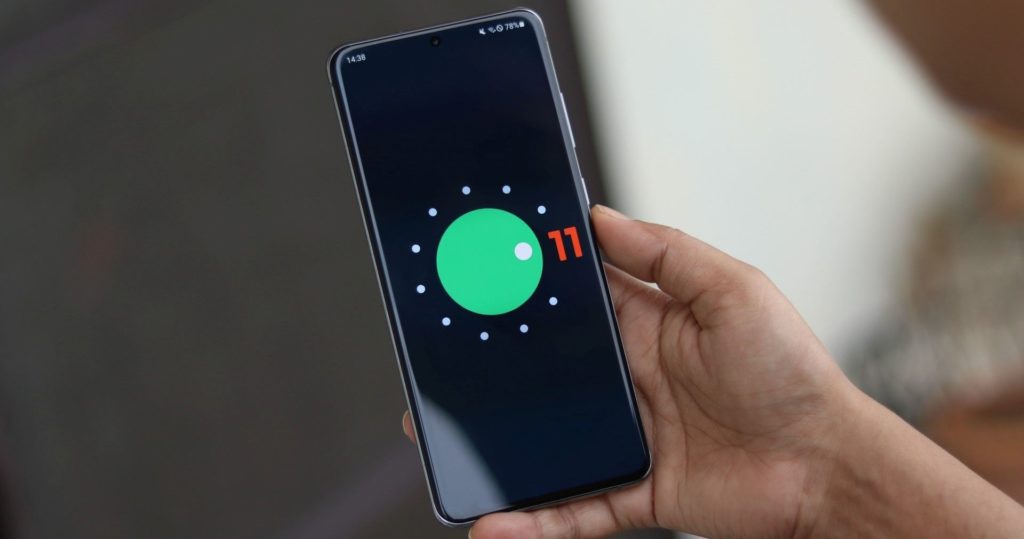
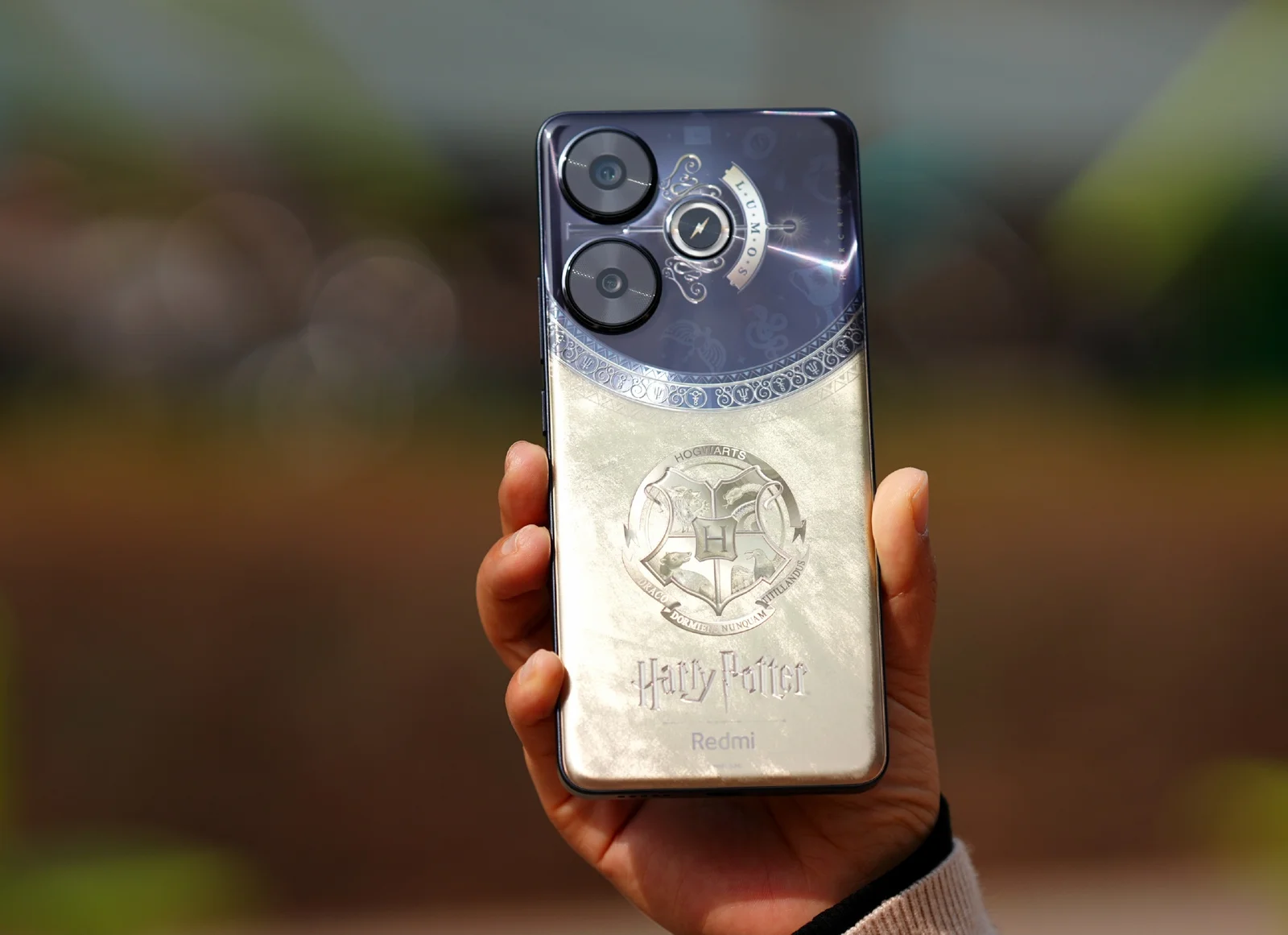
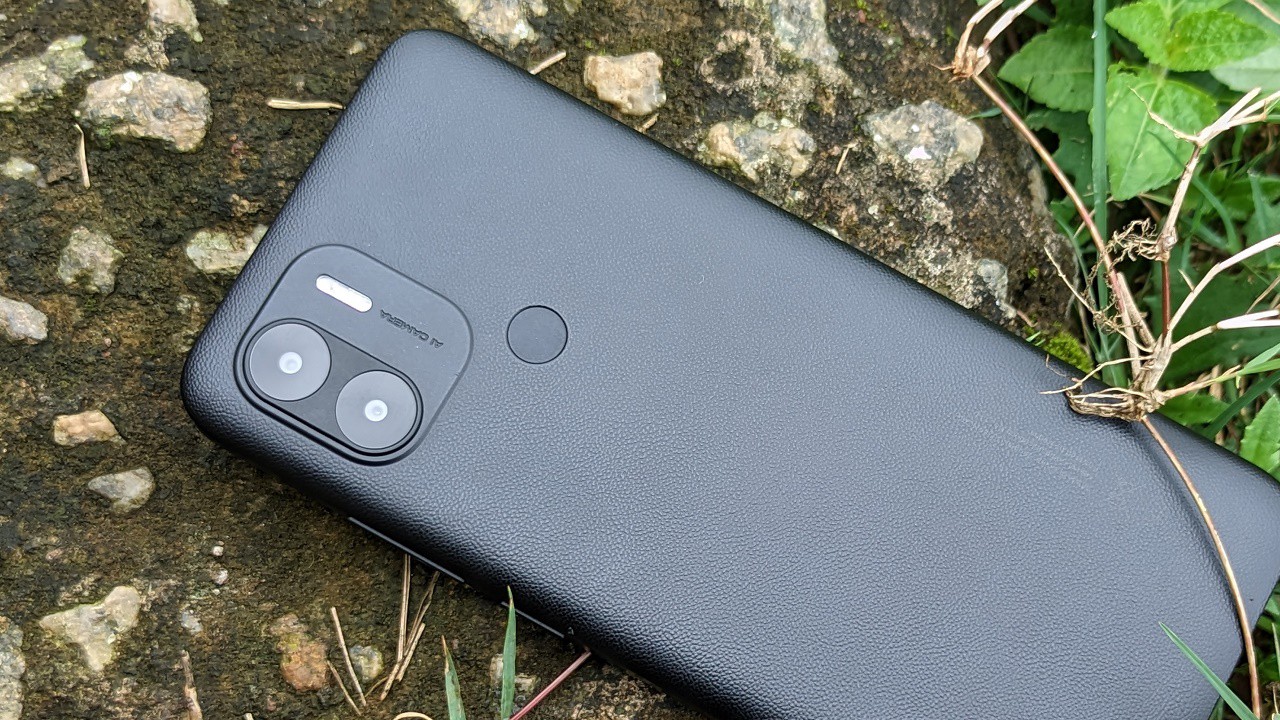
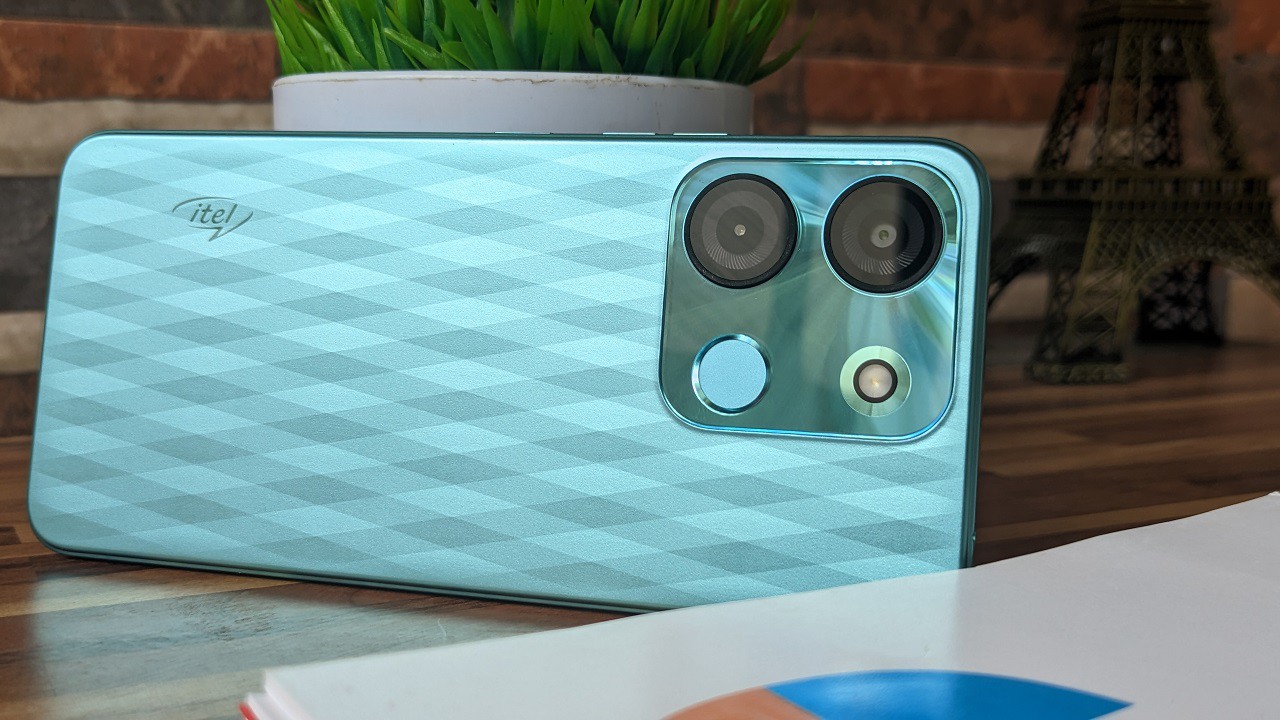
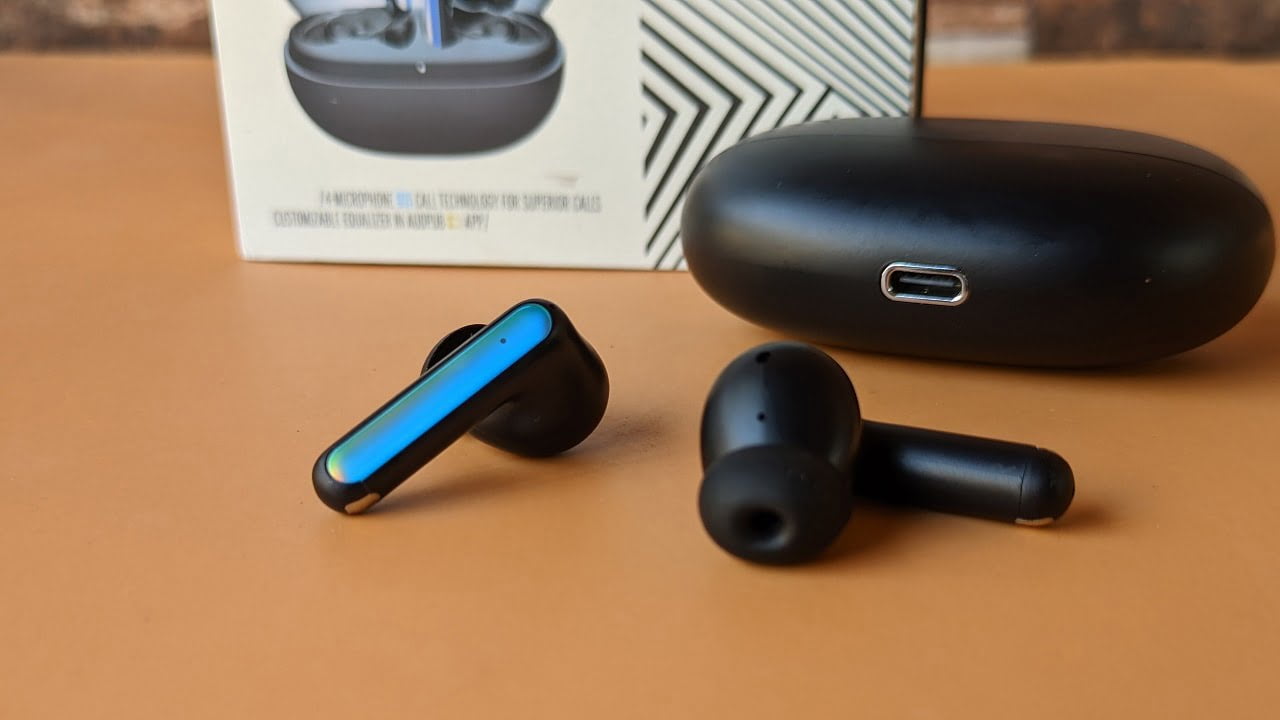
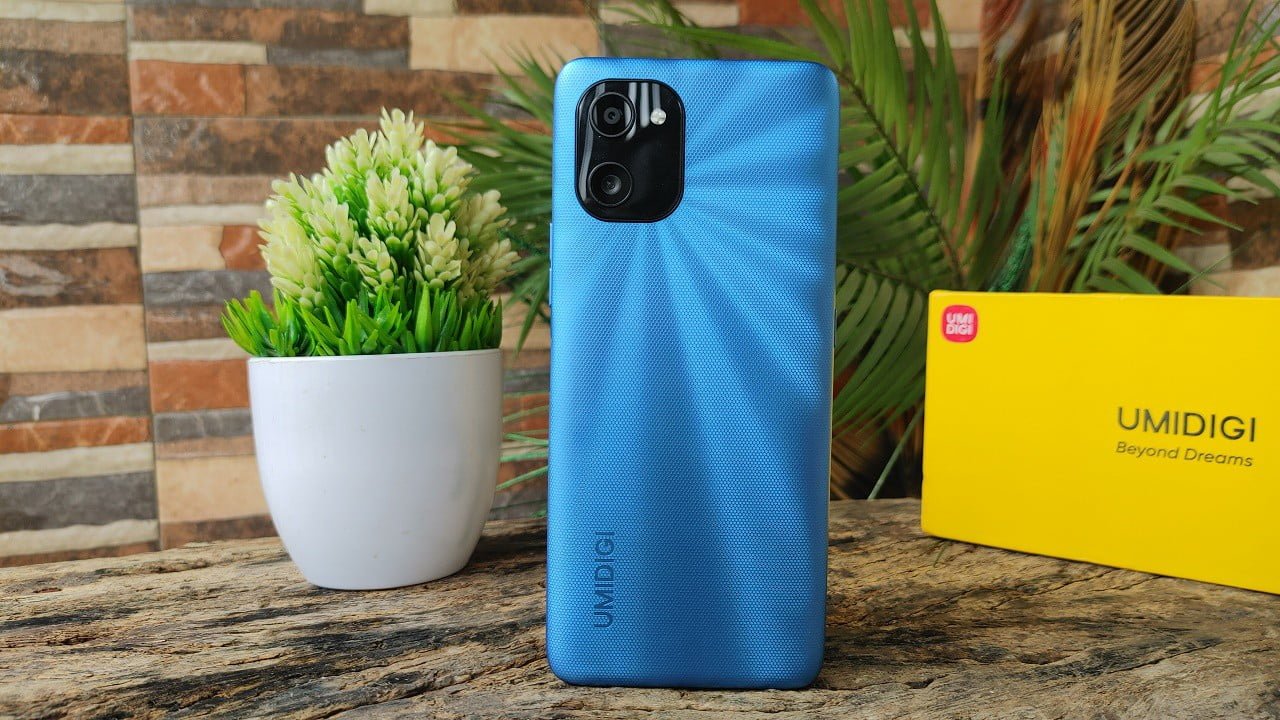
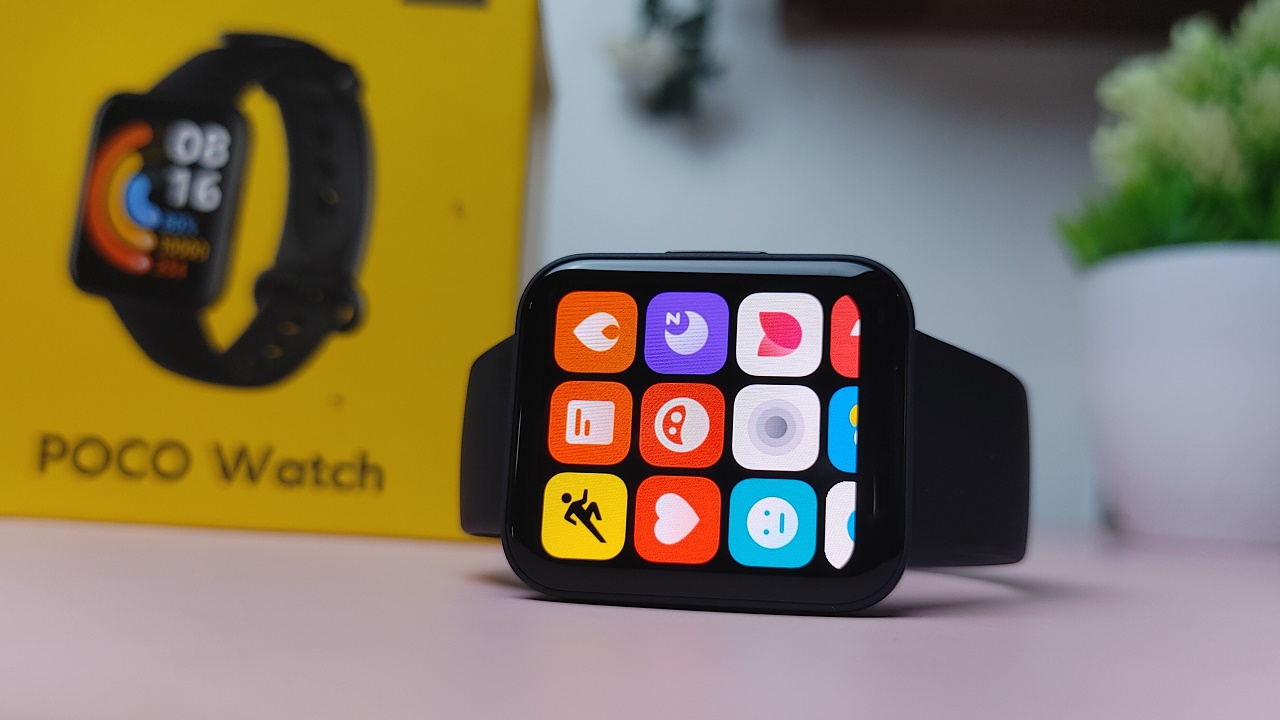
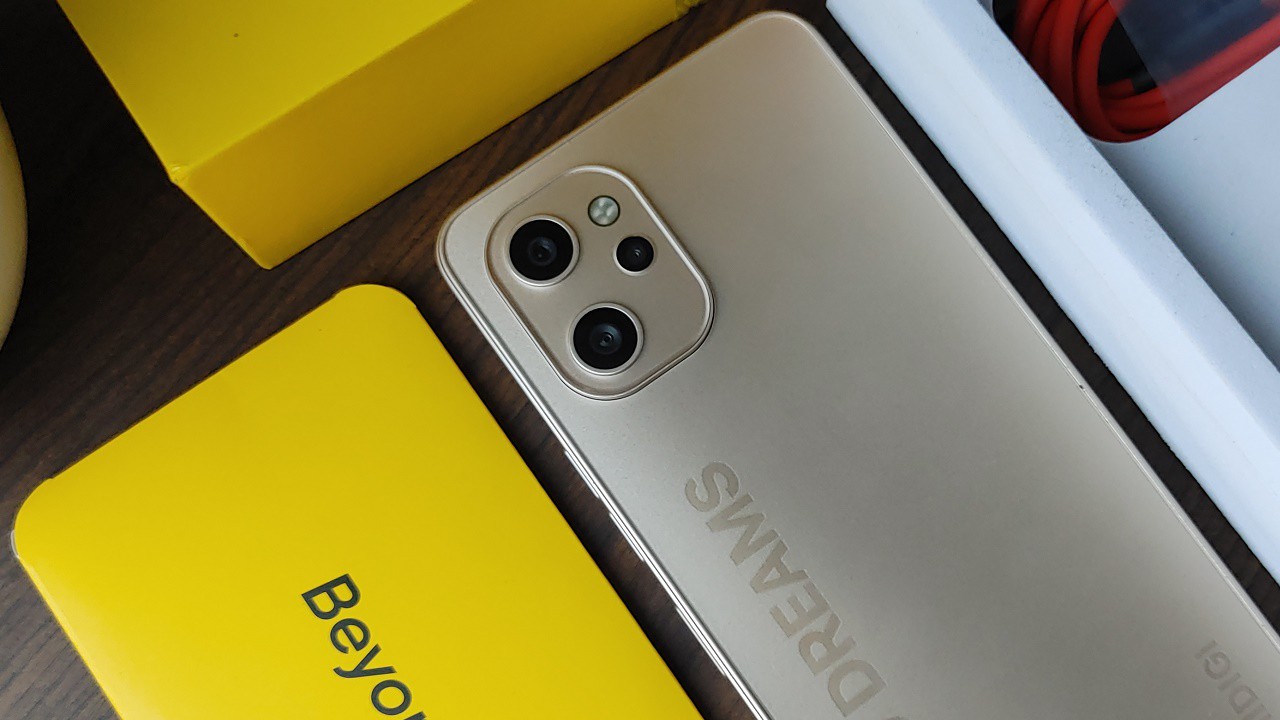
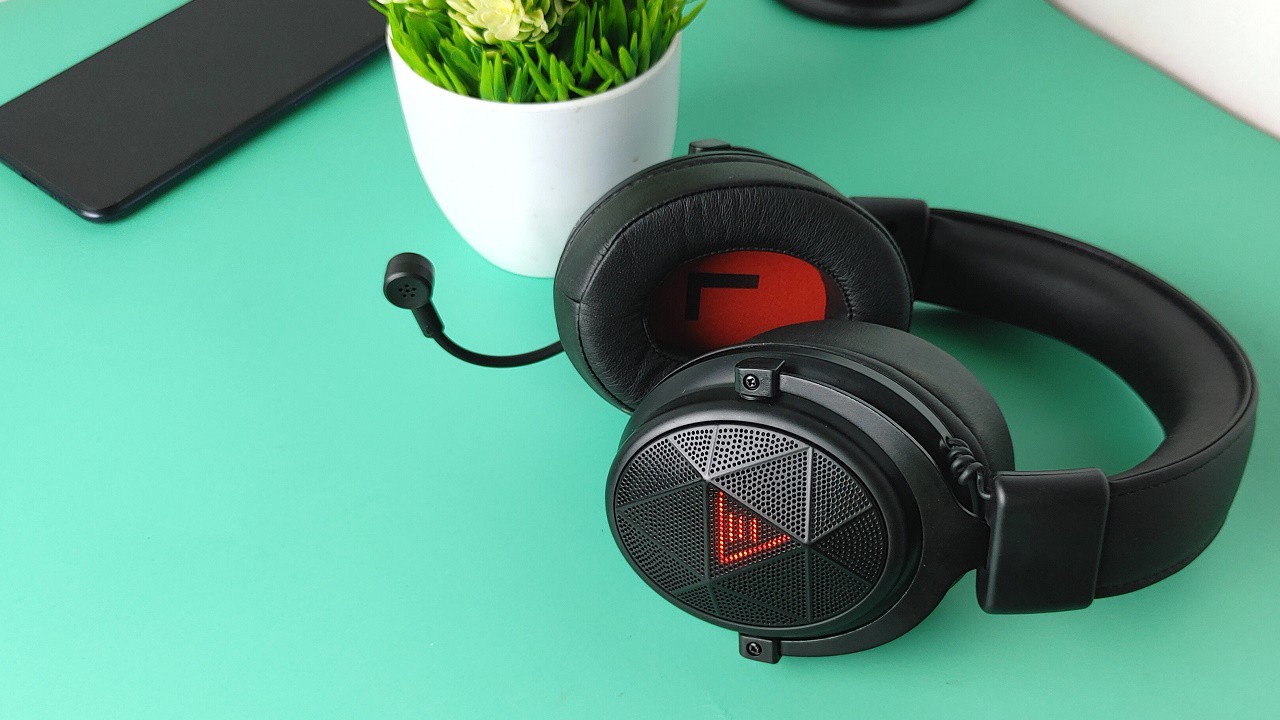
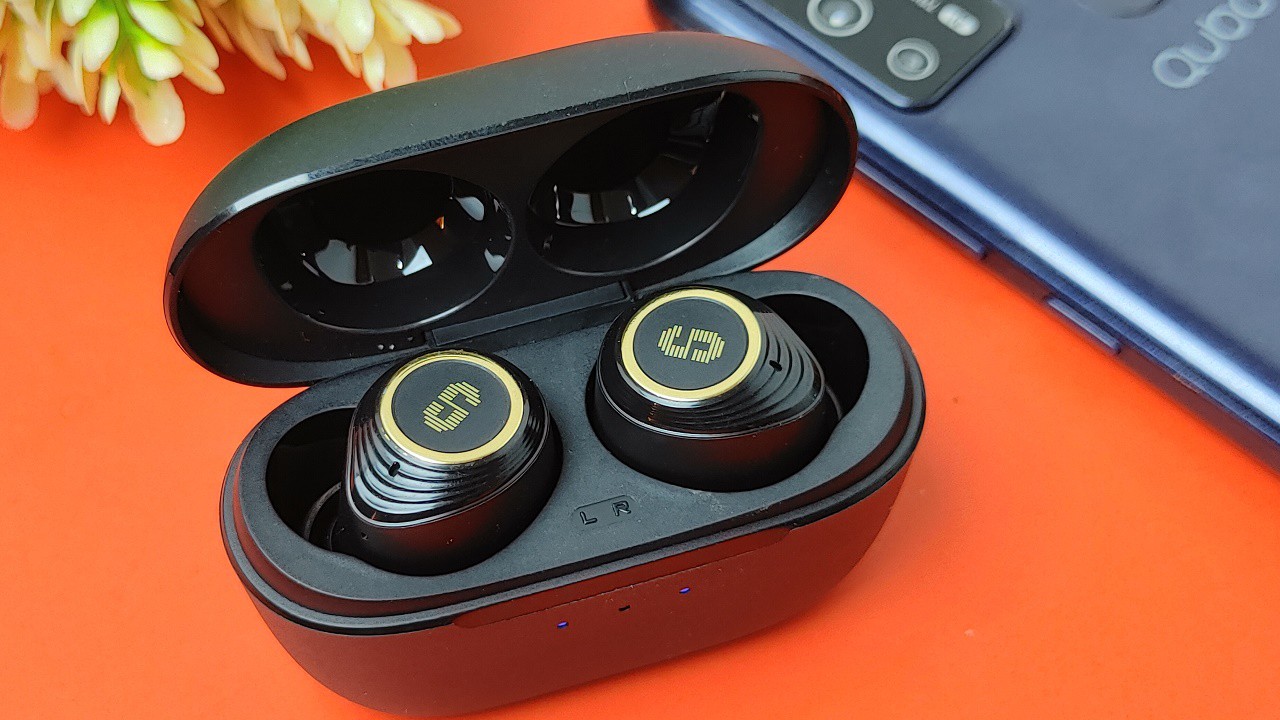
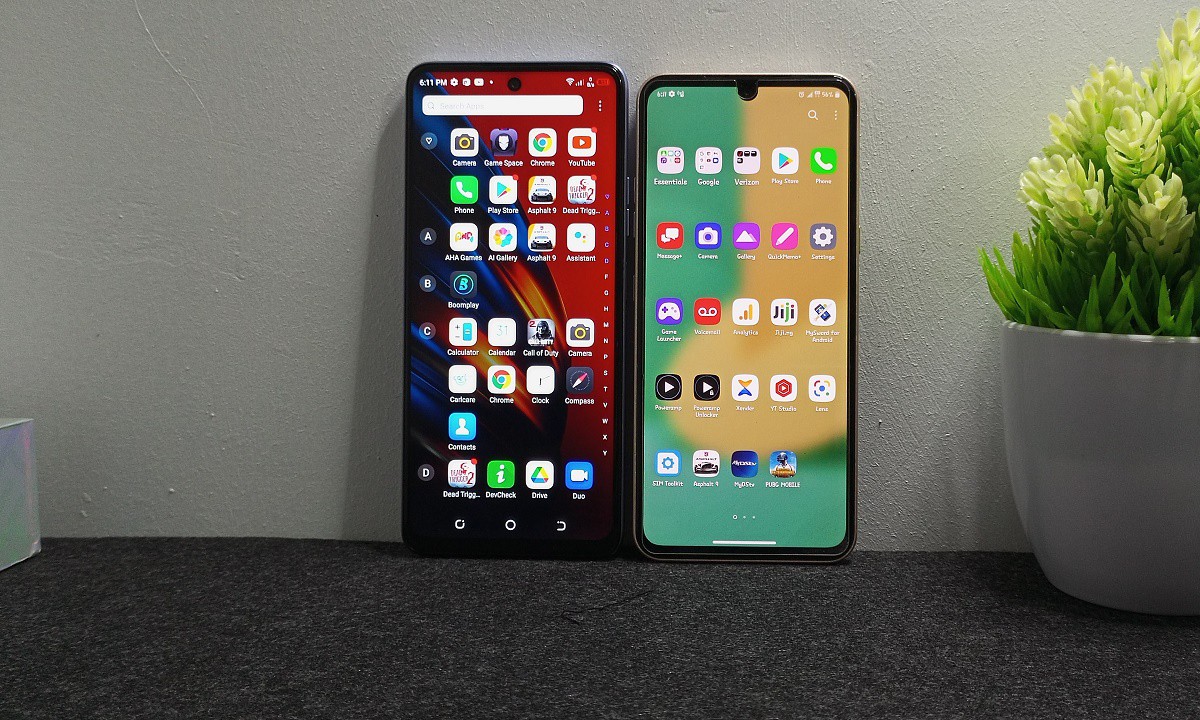

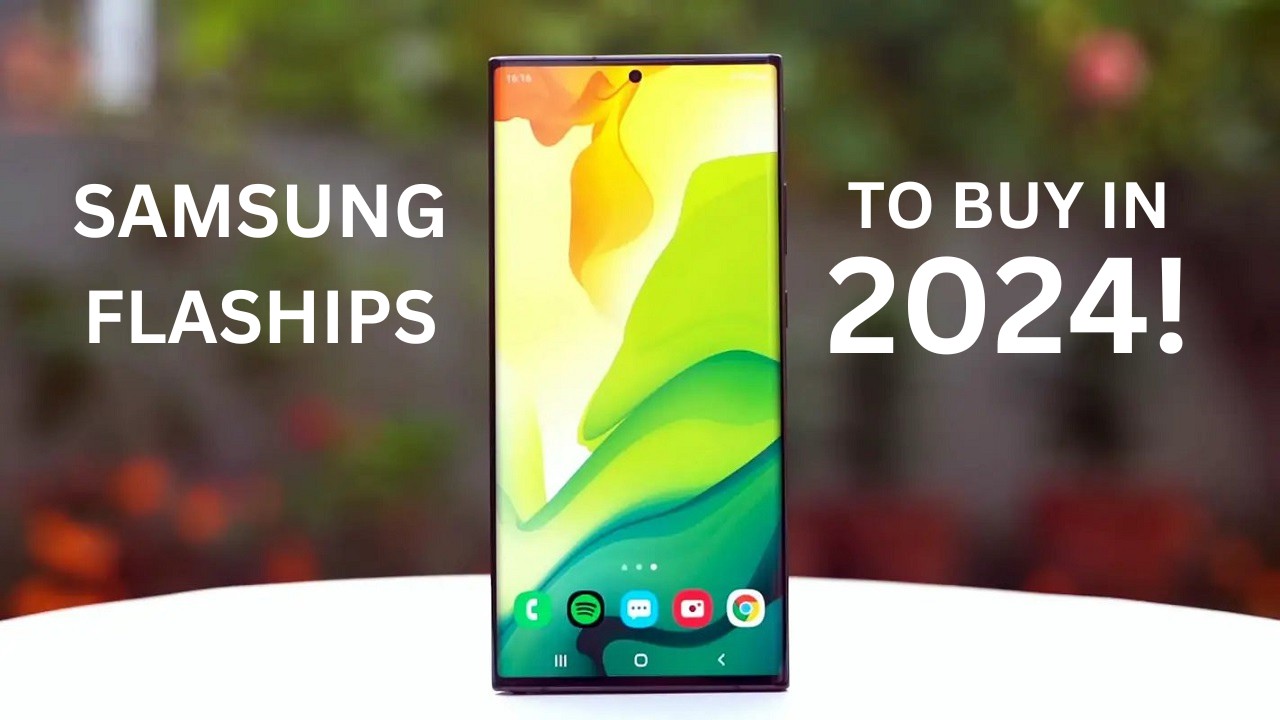
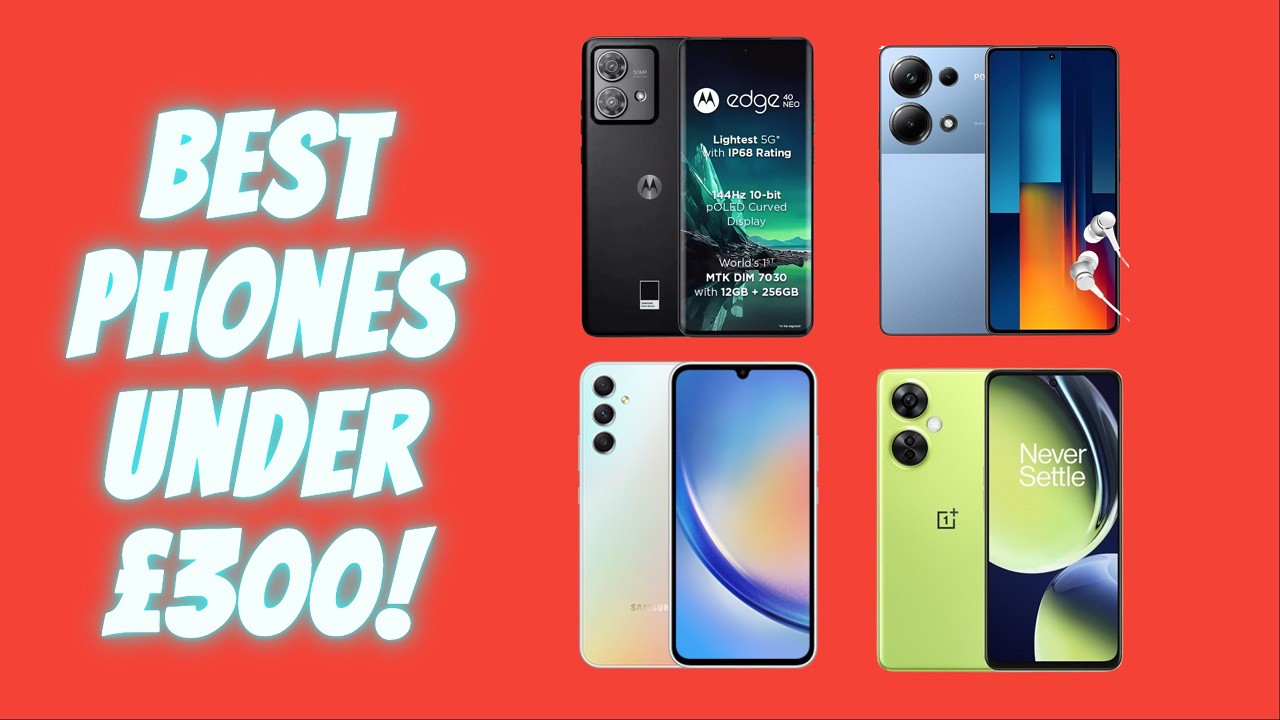

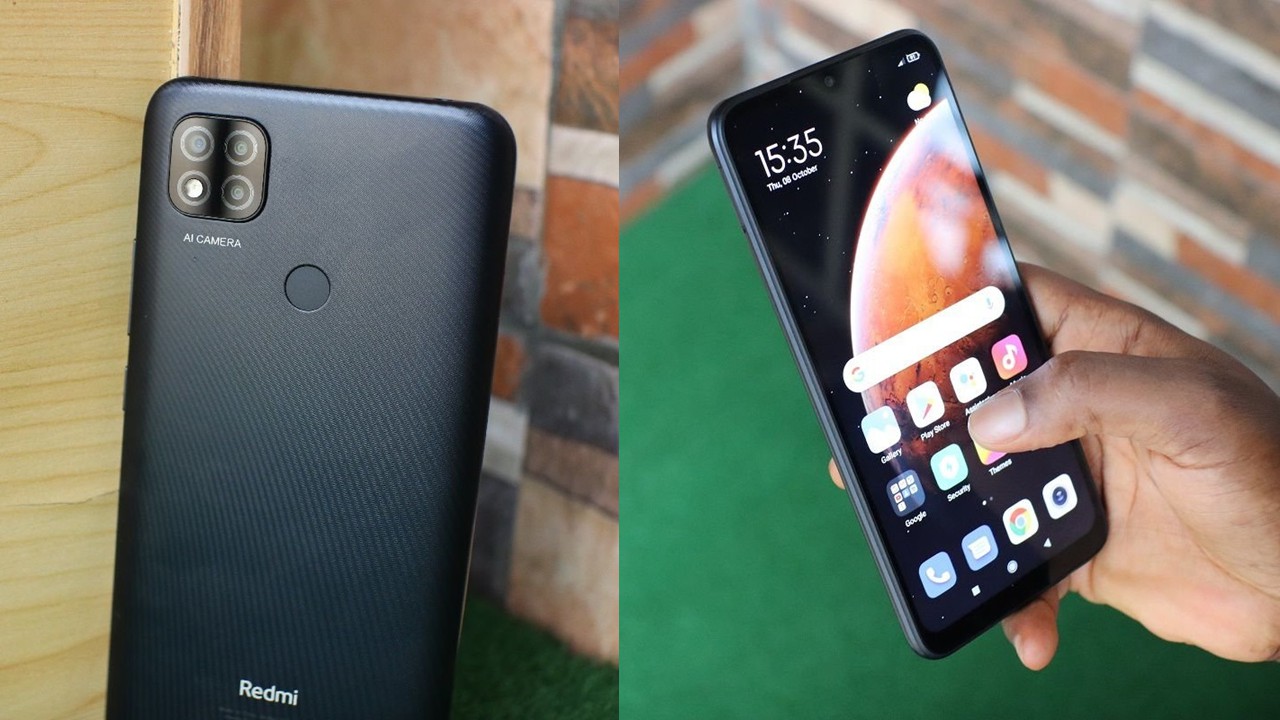
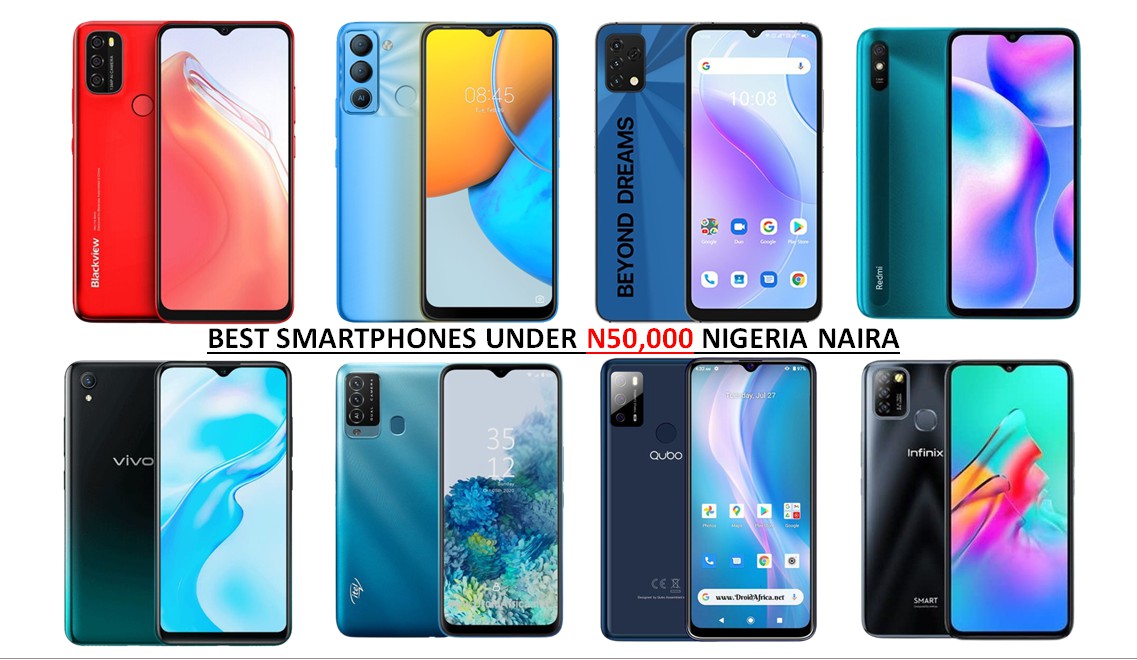
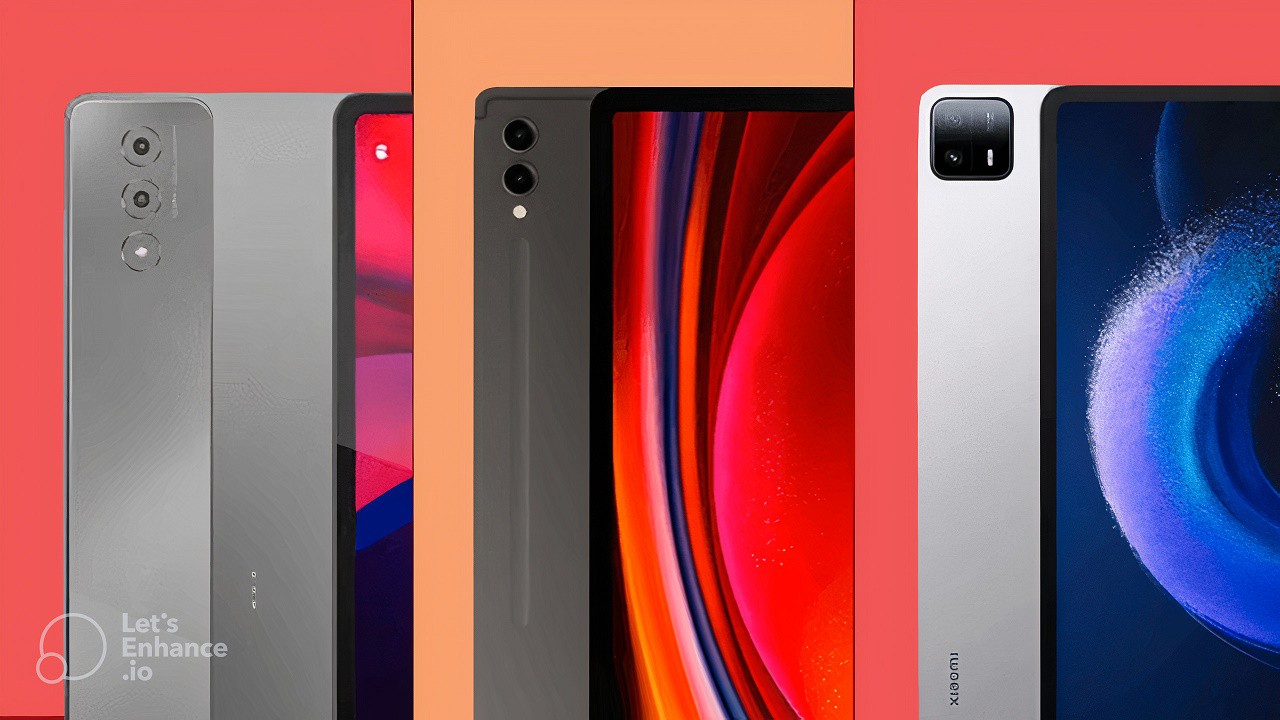
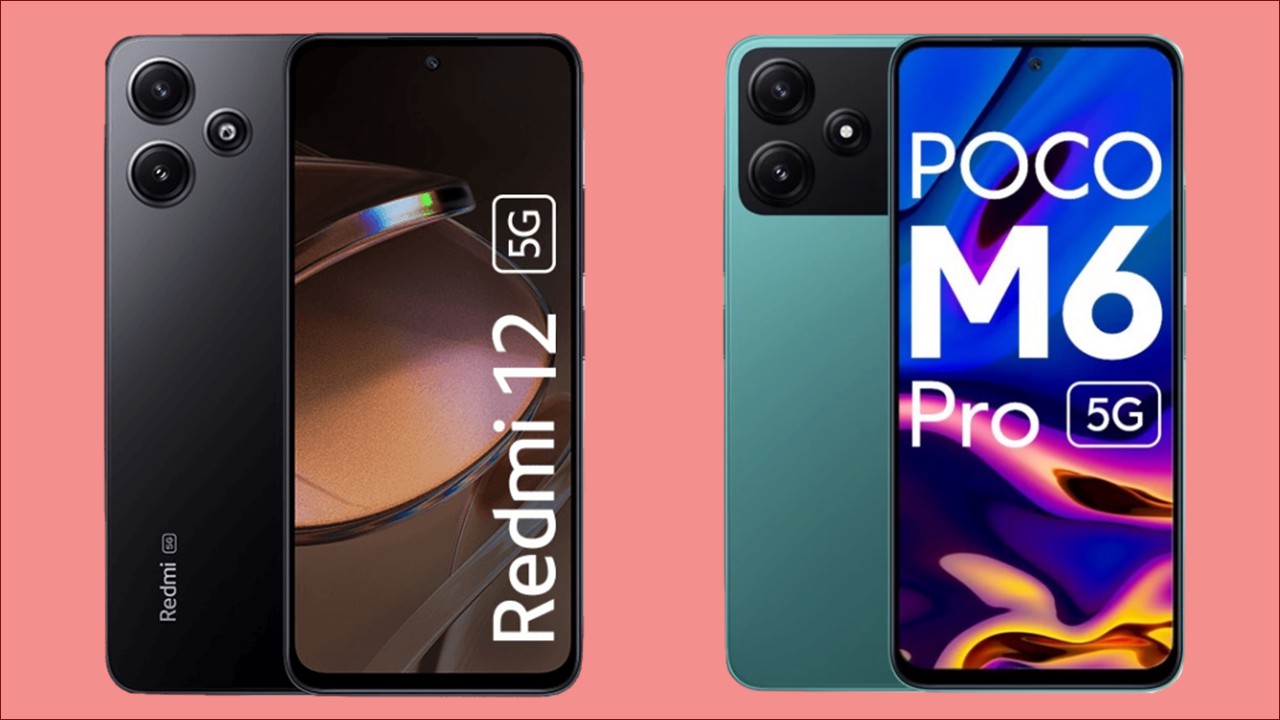

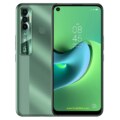
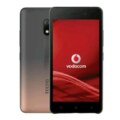
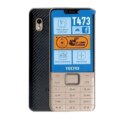
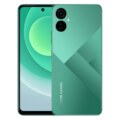

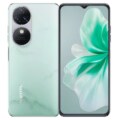
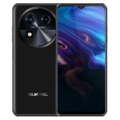
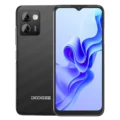

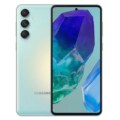
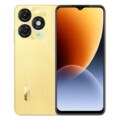

Where will this be available when announced. Seems to be a good device. May be very much interested